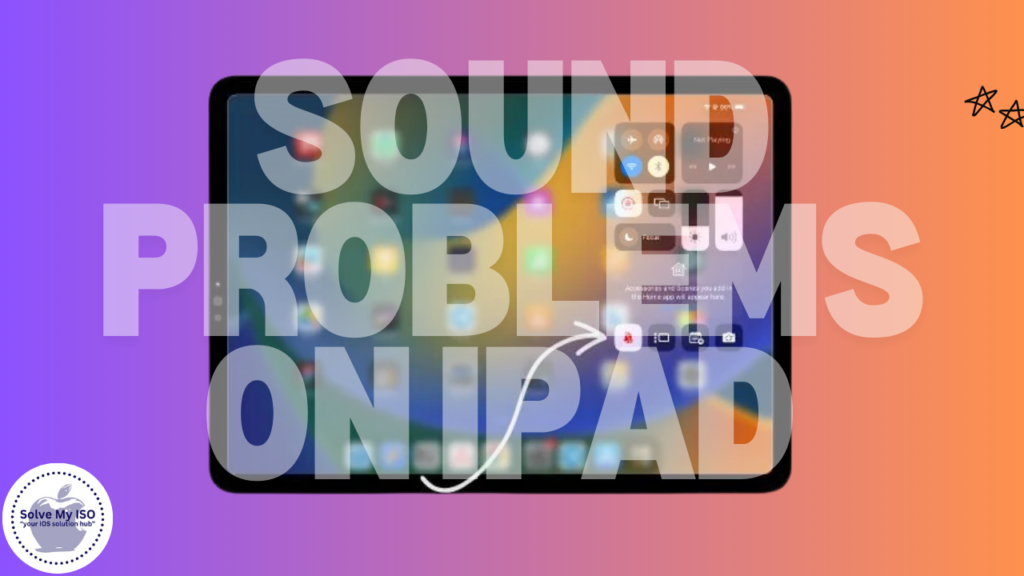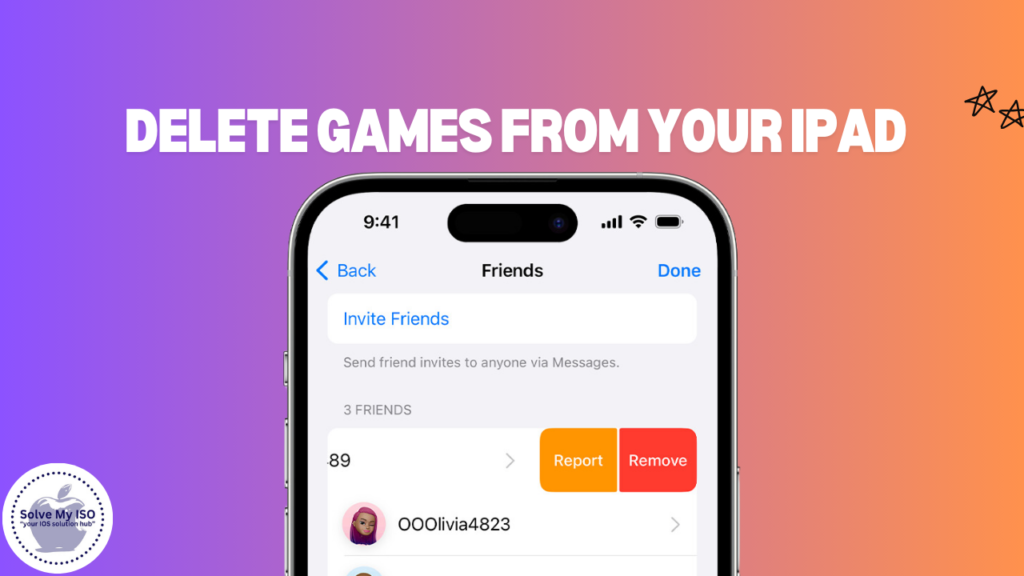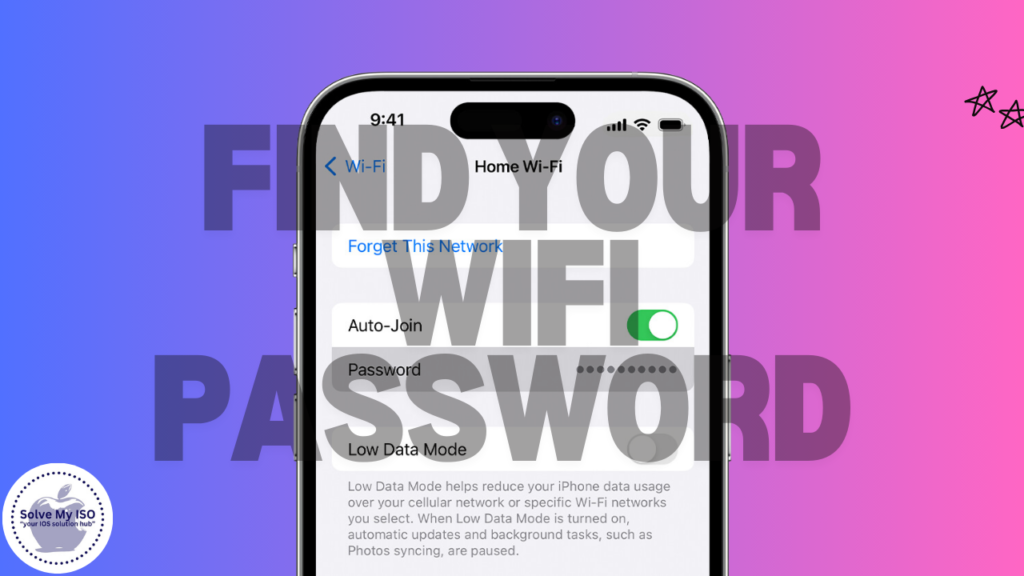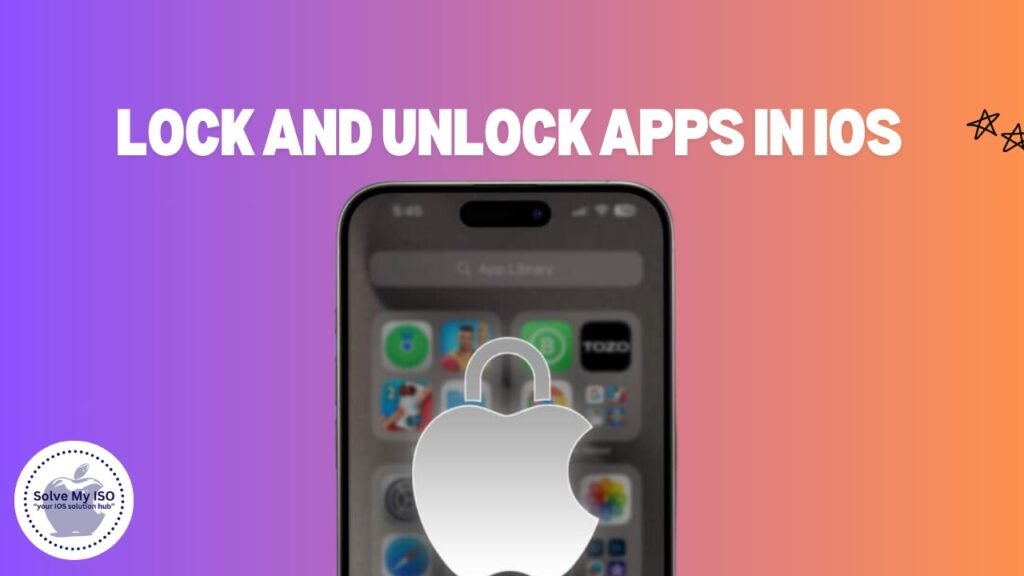
It can be very annoying to have fix sound problems on your iPad especially when you want to watch videos, listen to music or perform tasks that require sound. Luckily, resolving audio troubles on your iPad is often easy. In this detailed article, you will learn how to troubleshoot exposure sound related concerns. No matter if it is the audio settings, Bluetooth connections or the iOS software that have issues, you will fix it. When you follow the steps in this guide, the sound on your iPad should work perfectly and you will enjoy sound in your device without any problems.
Why is Sound Not Working on My iPad?
When it comes to sound production on an iPad, some users may face sound problems. There are a number of reasons for this phenomenon. It might be the common user mistakes, where you hit the mute button on your iPad and forget to unmute it or Bluetooth speaker is connected instead of using the iPad itself. It is also important to note that more complicated software malfunctions may affect the sound. This is an exhaustive resource on the search for low iPad sound, possible causes, and effective ways to remedy the problem. So, please be sure to complete these steps in order to get rid of the sound problems with the iPad very quickly.
Step-by-Step Troubleshooting Guide
Let’s go over each method one by one to ensure you cover all possible causes of sound issues.
1. Check the Volume Buttons
One of the most basic and common reasons for no sound on an iPad is that the volume is simply turned down or muted.
- Locate the Volume Buttons: You can find the volume buttons on the side of your iPad. Press the upper button to increase the volume and check if sound is restored.
- Test the Volume: Play a song, video, or game with sound to ensure that the volume is set to a proper level.
Pro Tip: Before diving into advanced troubleshooting, always check if the volume is set to the minimum. Many users accidentally lower it without noticing. This simple fix can solve audio issues quickly and easily.
2. Ensure Silent Mode Is Disabled
If your iPad is in silent mode, you won’t hear notifications or other sounds. Silent mode can easily be enabled or disabled through the Control Center.
- Open Control Center: Swipe down from the top-right corner of the screen to access the Control Center.
- Look for the Bell Icon: If the bell icon is highlighted, this means silent mode is activated. Tap the icon to disable it and restore sound to your iPad.
Silent mode can be toggled on by accident, so checking the Control Center is always a good idea when dealing with sound problems.
3. Inspect Sound Settings
If the volume buttons or silent mode aren’t the issue, you’ll need to dive into your iPad’s sound settings to make sure nothing is misconfigured.
- Open the Settings App: Go to “Settings” on your iPad.
- Navigate to Sounds & Haptics: Tap on “Sounds & Haptics” and adjust the “Ringer and Alerts” slider to a higher level.
- Enable “Change with Buttons”: Make sure the option “Change with Buttons” is enabled. This setting ensures that you can adjust the volume using the physical buttons on your iPad.
These settings will help you determine if the problem lies in a software configuration issue.
4. Disconnect Bluetooth Devices
It’s possible that your iPad is routing sound to a connected Bluetooth device, like headphones or an external speaker. If that’s the case, you won’t hear any sound coming from the iPad’s speakers.
- Go to Bluetooth Settings: Navigate to Settings > Bluetooth and check if any Bluetooth devices are currently connected. If so, disconnect them.
- Forget Bluetooth Devices: If disconnecting doesn’t solve the issue, you can tap on the specific Bluetooth device and choose “Forget This Device.”
Disconnecting or forgetting the Bluetooth device will allow the sound to be routed back to the iPad’s built-in speakers.
5. Restart Your iPad
A simple restart can often resolve minor technical glitches, including sound issues. Restarting the device clears any temporary errors that may be causing audio problems.
- Restart Procedure: Press and hold the top button on your iPad until the power-off slider appears. Slide it to turn off the device. After it shuts down, press and hold the top button again until you see the Apple logo.
After restarting your iPad, test the sound again by playing some music or a video. If this doesn’t work, you may need to try more advanced methods.
Solutions for Fix Sound Problems
If the above steps don’t resolve the issue, there are additional actions you can take to troubleshoot more stubborn sound problems.
6. Turn Off “Do Not Disturb”
The “Do Not Disturb” feature can mute notifications and other fix sound problem on your iPad. It’s easy to enable this setting without realizing it, especially if you frequently swipe to open the Control Center.
- Check Control Center: Swipe down from the top-right corner to open the Control Center and make sure the crescent moon icon (representing “Do Not Disturb”) is not active.
If “Do Not Disturb” is enabled, simply tap the moon icon to disable it and restore sound.
7. Clean the Speaker Grills
Over time, dust and debris can accumulate in your iPad’s speaker grills, muffling or even blocking sound completely.
- Clean Gently: Use a soft brush or a dry microfiber cloth to gently clean the speaker grills. Avoid using any liquids, as they can damage the device.
Cleaning your speakers can improve sound clarity if they’ve become obstructed with dirt or debris.
8. Test with Headphones
If your iPad’s speakers are still not working, try plugging in a pair of headphones to see if you can hear sound through them.
- Headphone Test:To troubleshoot sound issues, plug in wired headphones or connect Bluetooth headphones and play a video or song. If audio works through headphones but not speakers, your speakers may be faulty. Optimize your audio setup for clear sound quality by checking connections and settings.
This test can help isolate whether the issue is with the speakers themselves or something else.
9. Update iOS
Sometimes, software updates include bug fixes that can resolve sound issues. Keeping your iPad updated is crucial for performance and security reasons.
- Check for Updates: Go to Settings > General > Software Update to check if there are any pending updates. If an update is available, install it and see if that fix sound problems on your iPad.
Apple occasionally releases patches for sound-related bugs, so installing the latest iOS version can often solve the issue.
10. Reset All Settings
If none of the above steps work, you may need to reset your iPad’s settings. This won’t delete your data, but it will revert all settings, including sound configurations, to their default state.
- Go to Settings: Navigate to Settings > General > Reset > Reset All Settings. Confirm your choice, and your iPad will reset all system settings.
After the reset, check if the sound has returned. This step often resolves more persistent software-related issues.
Frequently Asked Questions
Conclusion
This guide presents steps in simple and clear terms on how to resolve the sound problems on your iPad in a short time. Understand how to unmute your device, turn up the volume or remove Bluetooth devices to resolve some of the low iPad sounds. In case these solutions don’t work, I suggest you reach out to Apple support. Solve My iOS knows what to do in such cases so that you can enjoy the full functionality of your iPad, including sound. Let’s take the iPad sound fixing case and turn this into an upgrade of your use ability today.


